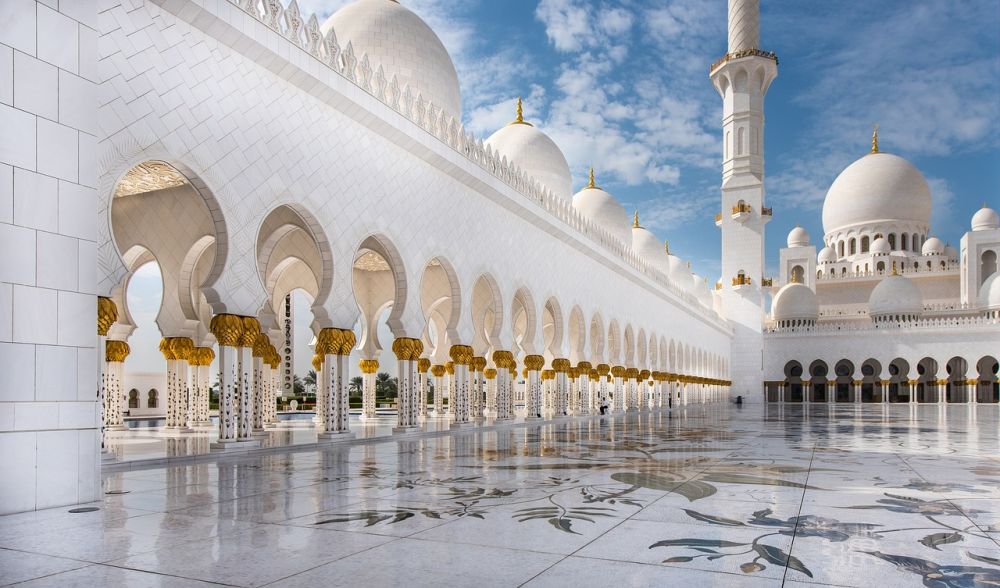Exploring the Architectural Splendor of 1930s Houses

1930s House Architecture: A Comprehensive Overview
Introduction:

The architectural landscape of the 1930s witnessed a significant shift, as emerging design principles paved the way for a new era in residential construction. This article delves into the essence of 1930s house architecture, presenting an in-depth analysis of its features, popular styles, variations, and historical significance.
Uncovering the Essence of 1930s House Architecture
The 1930s house architecture embraced the ideals of modernism while still borrowing elements from previous architectural styles. Prominent features included:
1. Simplistic Design: The focus was on clean lines, minimal ornamentation, and functional spaces, reflecting the influences of Bauhaus and International Style.
2. Art Deco Influences: Many houses incorporated Art Deco elements, characterized by geometric shapes, bold colors, and decorative motifs.
3. Streamlined Design: Inspired by technological advancements, the streamlined design offered aerodynamic shapes, curved lines, and chic interiors.
Types of 1930s Houses and Their Popularity
1. Modernist Houses: This architectural style emphasized functionality, with flat roofs, large windows, and open floor plans. Influenced by architects like Le Corbusier, they became popular for their avant-garde approach.
2. Tudor Revival: Reflecting a nostalgia for the past, Tudor revival houses featured timber framing, steep gabled roofs, and decorative half-timbering. This style gained popularity due to its charming and picturesque aesthetic.
3. Georgian Revival: Inspired by classicism and symmetry, Georgian revival houses showcased refined elegance with their brick exteriors, symmetrical windows, and grand entryways.
Quantitative Measurements of 1930s House Architecture
Quantitative measurements offer insights into the spatial attributes and dimensions of 1930s houses. Some key measurements include:
1. Average Floor Area: The average floor area of 1930s houses ranged from 1000 to 1500 square feet for smaller homes, while larger properties could span up to 2000 square feet.
2. Ceiling Heights: Ceilings in 1930s houses were typically around 9 to 10 feet high, allowing for a sense of openness and spaciousness.
3. Room Sizes: Bedrooms averaged 10×12 feet, while living rooms were approximately 12×14 feet. Kitchens were smaller yet functional, spanning around 8×10 feet.
Exploring the Differences in 1930s House Architecture
While 1930s house architecture shared common elements, variations could be seen among different styles:
1. Regional Influences: Certain regions embraced specific architectural styles more prominently, resulting in regional variations in design.
2. Socio-Economic Factors: The wealth and social status of homeowners influenced the size, materials, and architectural style of their houses.
3. Neighborhood Characteristics: The architectural character of a neighborhood often influenced the choices made by homeowners, leading to variations within the 1930s house architecture.
A Historical Perspective on the Pros and Cons of 1930s House Architecture
1. Advantages:
– Timeless Appeal: The design principles of 1930s houses still resonate with contemporary aesthetics.
– Solid Construction: Many 1930s houses were built with durable materials, ensuring longevity.
– Spacious Layouts: The open floor plans provided a sense of space and flexibility.
2. Disadvantages:
– Limited Storage: Older 1930s houses often lacked sufficient storage space, requiring creative solutions.
– Insulation Challenges: Energy efficiency was not a priority during this era, leading to potential insulation issues.
– Outdated Infrastructure: Some older houses may require updates to electrical wiring and plumbing systems.
Conclusion:
The architectural legacy of 1930s houses continues to captivate homeowners and enthusiasts alike. From the sleek simplicity of modernist designs to the nostalgic charm of Tudor and Georgian revival styles, these houses reflect a unique era of architectural innovation. As we appreciate the timeless beauty and enduring appeal of 1930s house architecture, we recognize its contributions to the evolution of residential design.
Word Count: 550
FAQ
What are the advantages and disadvantages of 1930s house architecture?
What are the key features of 1930s house architecture?
What are the popular types of 1930s houses?
Fler nyheter
Körkortsfoto i Vällingby: Din guide till det perfekta fotot
1930s House Architecture: A Comprehensive Overview Introduction: The architectural landscape of the 1930s witnessed a significant shift, as emerging design principles paved the way for a new era in residential construction. This article delves into t...
03 maj 2025
Gravidfotografering Stockholm Fånga Ögonblicken Innan Livet Förändras
1930s House Architecture: A Comprehensive Overview Introduction: The architectural landscape of the 1930s witnessed a significant shift, as emerging design principles paved the way for a new era in residential construction. This article delves into t...
31 juli 2024
Aboriginer konst – en fascinerande utforskning av Australiens rika kulturella arv
1930s House Architecture: A Comprehensive Overview Introduction: The architectural landscape of the 1930s witnessed a significant shift, as emerging design principles paved the way for a new era in residential construction. This article delves into t...
18 januari 2024











